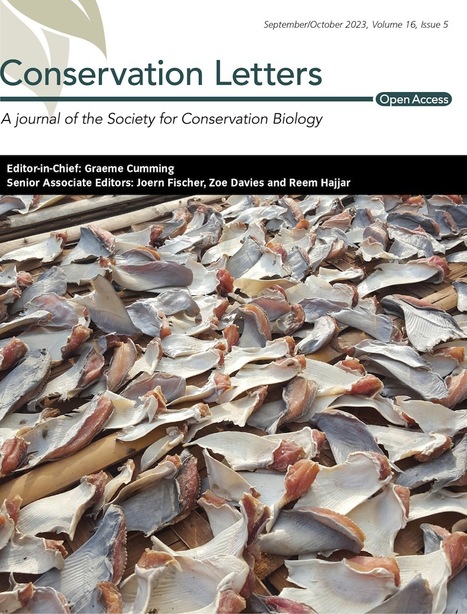Establishing large networks of fully protected marine protected areas (MPAs) is challenging because of displacement costs for fisheries. The use of partially protected areas is often proposed as an alternative. However, how conservation and fisheries outcomes of MPA networks are mediated through time by the level of protection remains uncertain. Here we use a metapopulation model of a commercially exploited demersal coastal fish to assess conservation and fisheries outcomes of alternative management policies. We compare the temporal performances of nonspatial management, large MPAs, or networks of MPAs in an overfished case study.
Research and publish the best content.
Get Started for FREE
Sign up with Facebook Sign up with X
I don't have a Facebook or a X account
Already have an account: Login
Revue de presse et du net par le Pôle de partage des connaissances S&T de l'Office français de la biodiversité
Curated by
DocBiodiv
 Your new post is loading... Your new post is loading...
 Your new post is loading... Your new post is loading...
|
|

















